Friday 11 July
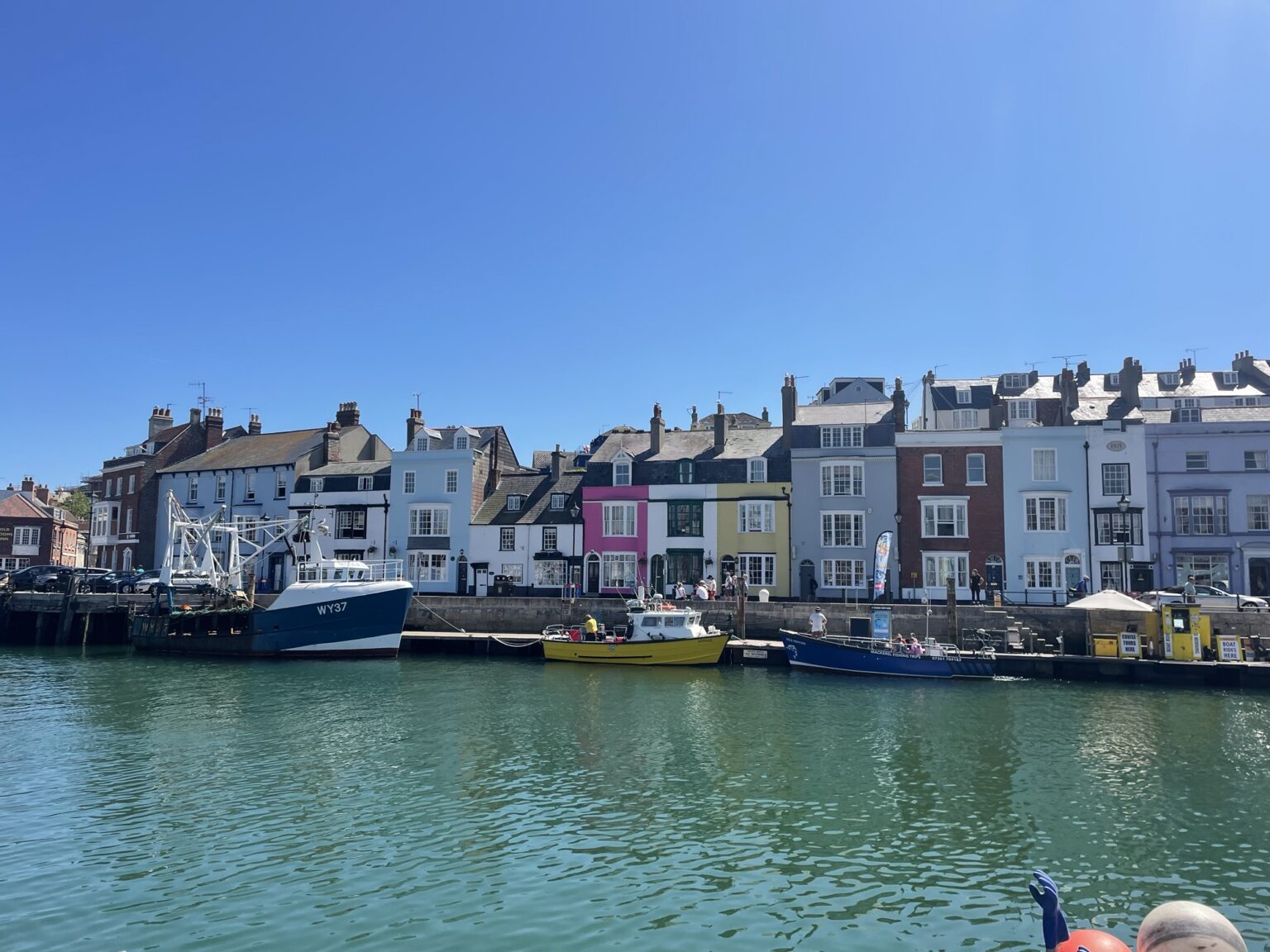
With changeable winds we decided to stay in Weymouth today, so here’s a potted history:
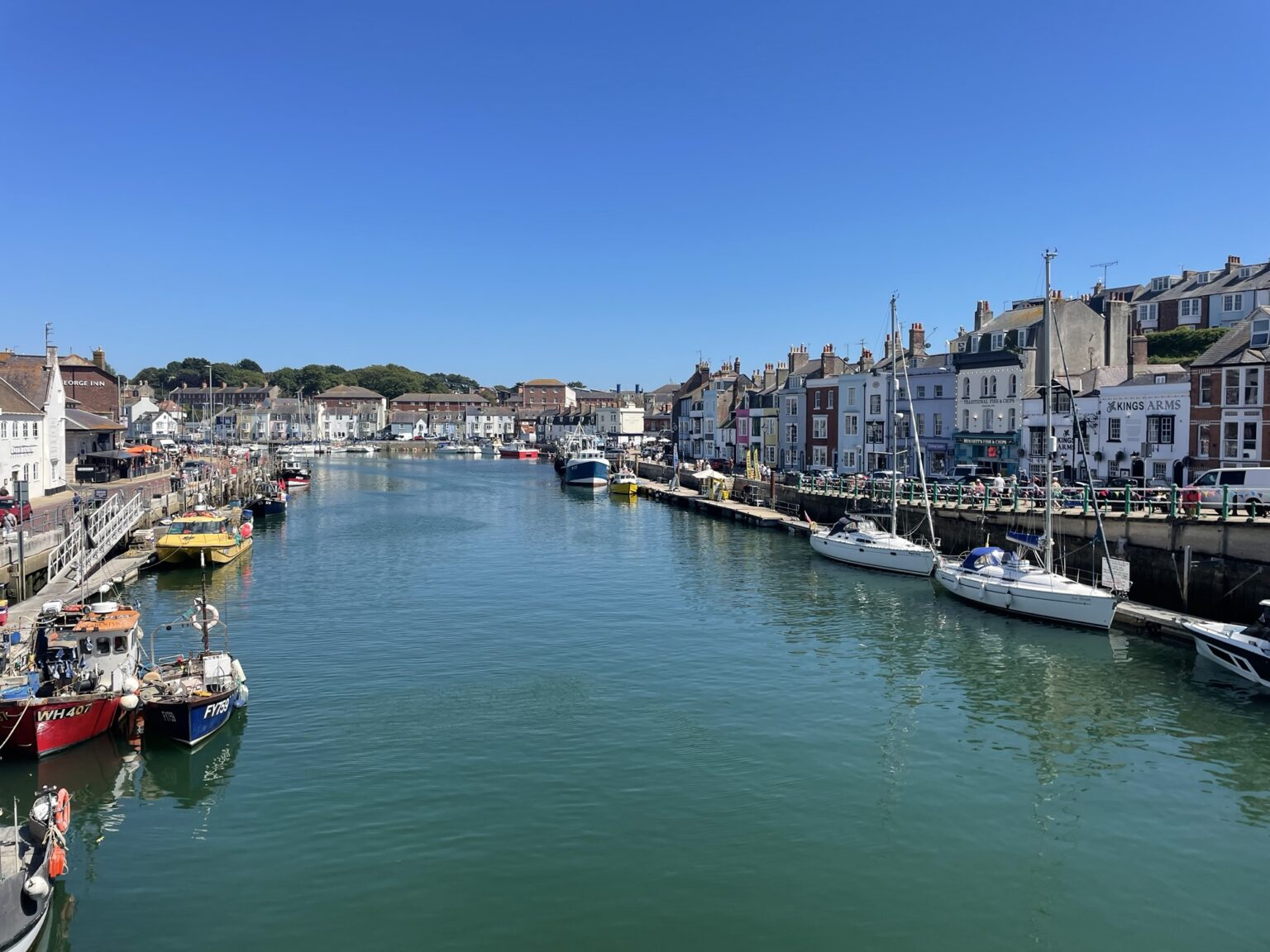
Weymouth used to be two towns on either side of the river Wey: Weymouth and Melcombe Regis.
In the Middle Ages wool was exported via Melcombe Regis and wine imported through Weymouth. They think the Black Death landed here in 1348.
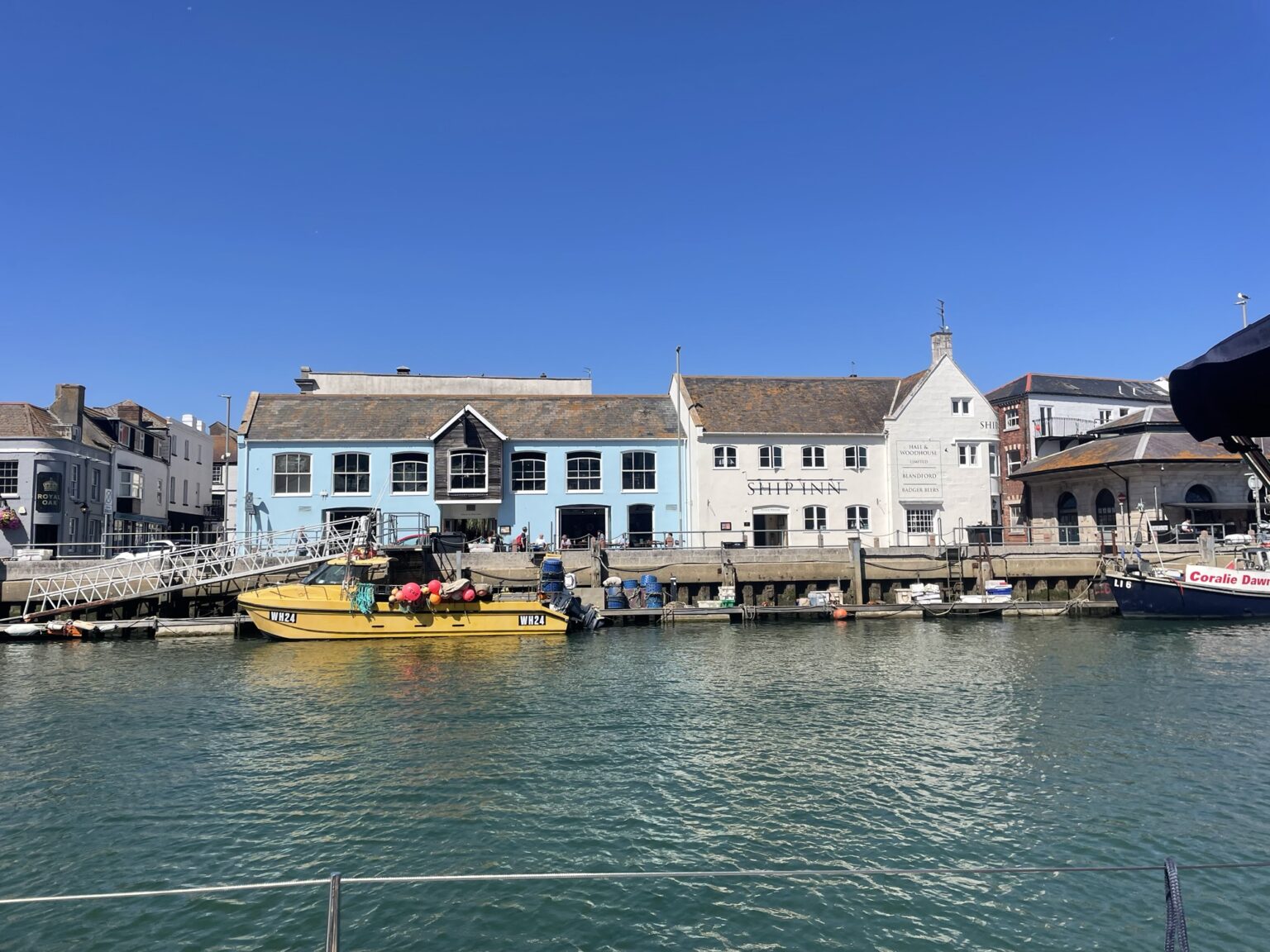
The two towns quarrelled over the harbour which they had to share, so much in fact that Elizabeth I united them into one borough in 1571 by Act of Parliament. There are still a couple of Tudor houses here, made from Portland stone.
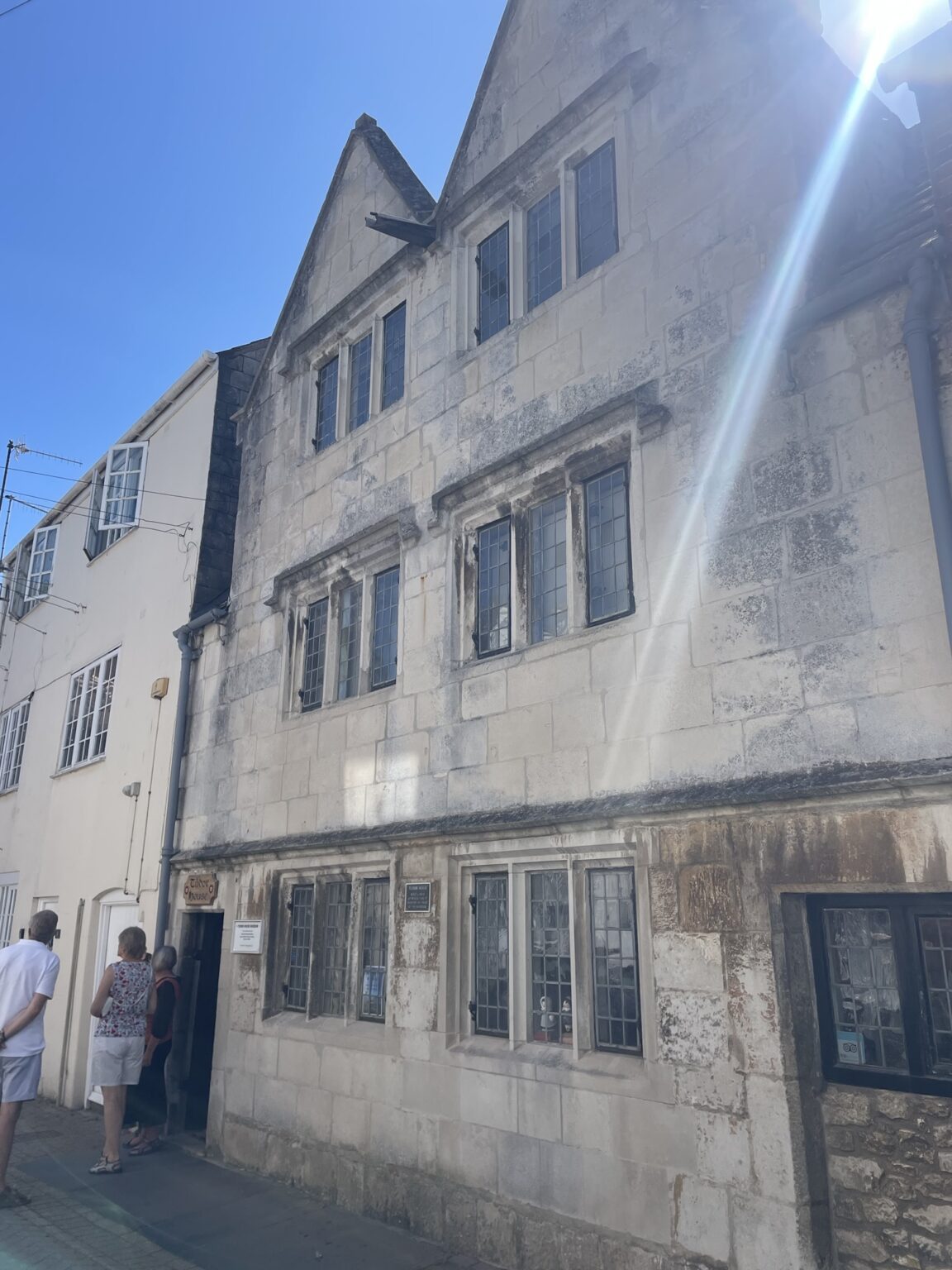
The Civil War of 1642-1649 caused considerable damage to the town, from which it took a long time to recover, including the Battle of Weymouth in 1645 where Royalists and Parliamentarians bombarded each other across the harbour.

Glory came later when King George III made Weymouth the most celebrated and visited watering-place in the land when he visited here for his health in 1789 and there’s an enormous statue to him. It was also this time when the little Georgian houses were built that give Weymouth its charm.
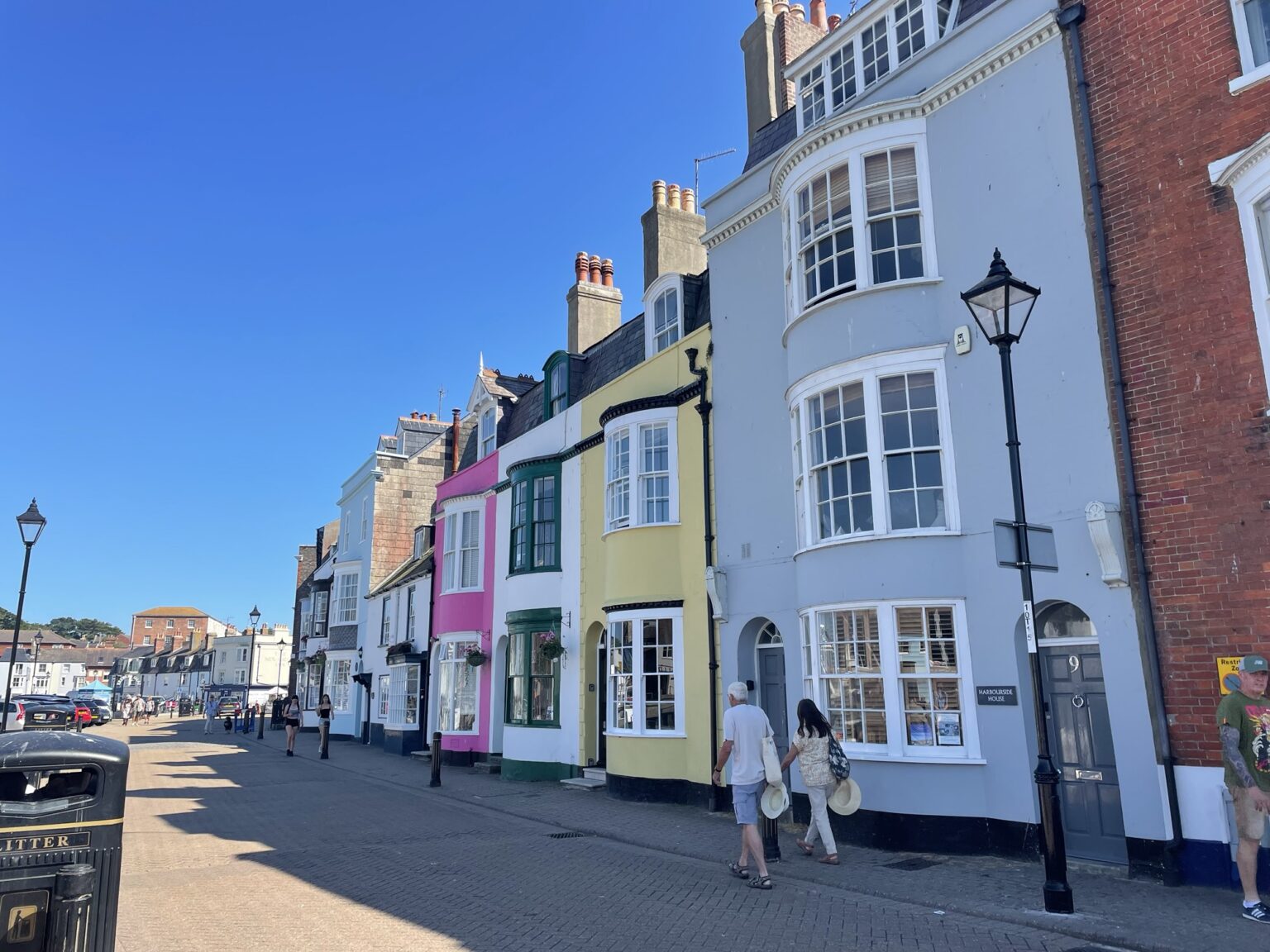
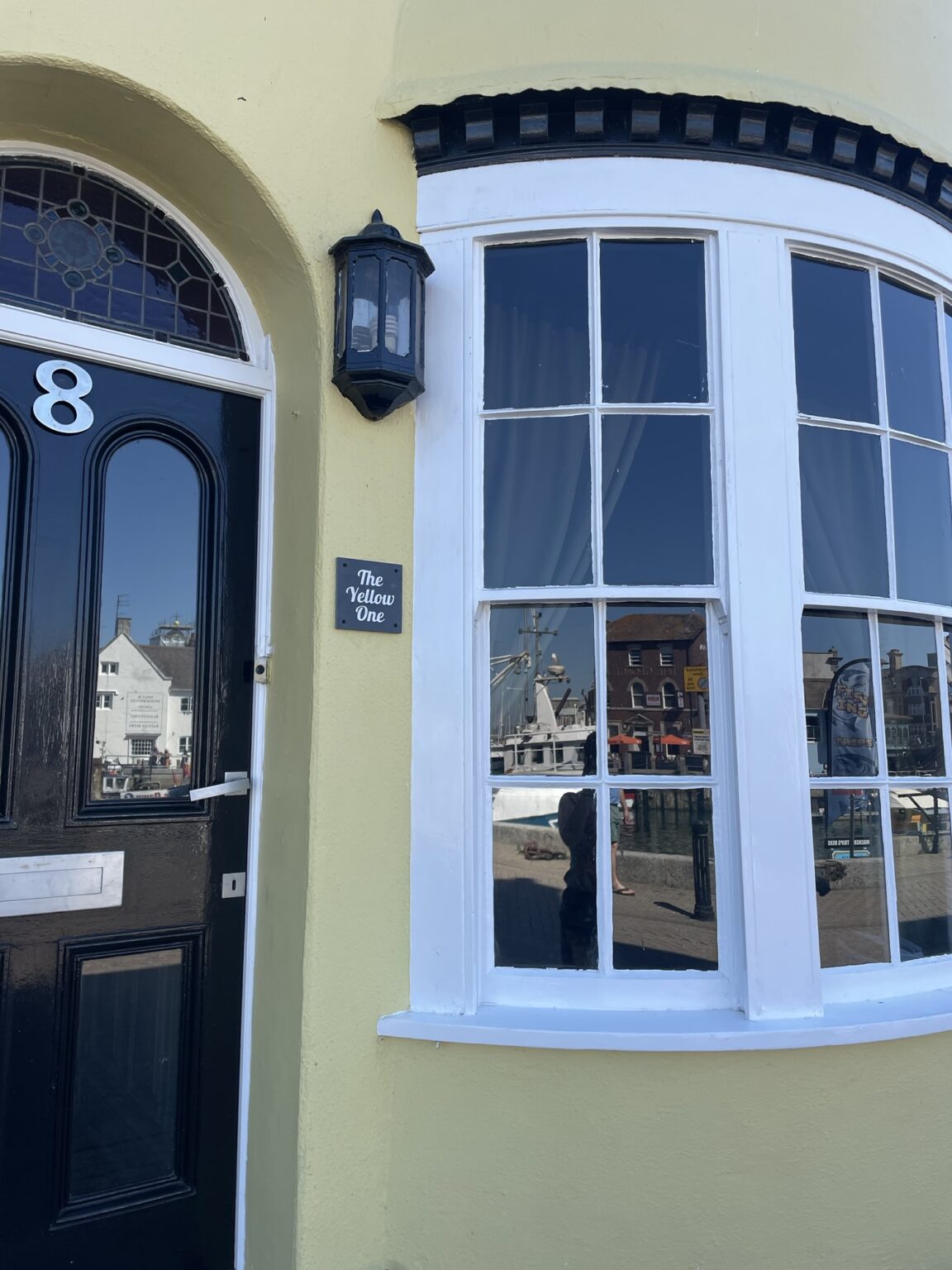
Victorian times added trade with the Channel Islands to the resort economy and the town thrived. The arrival of the railway in 1857 added to the boom times.
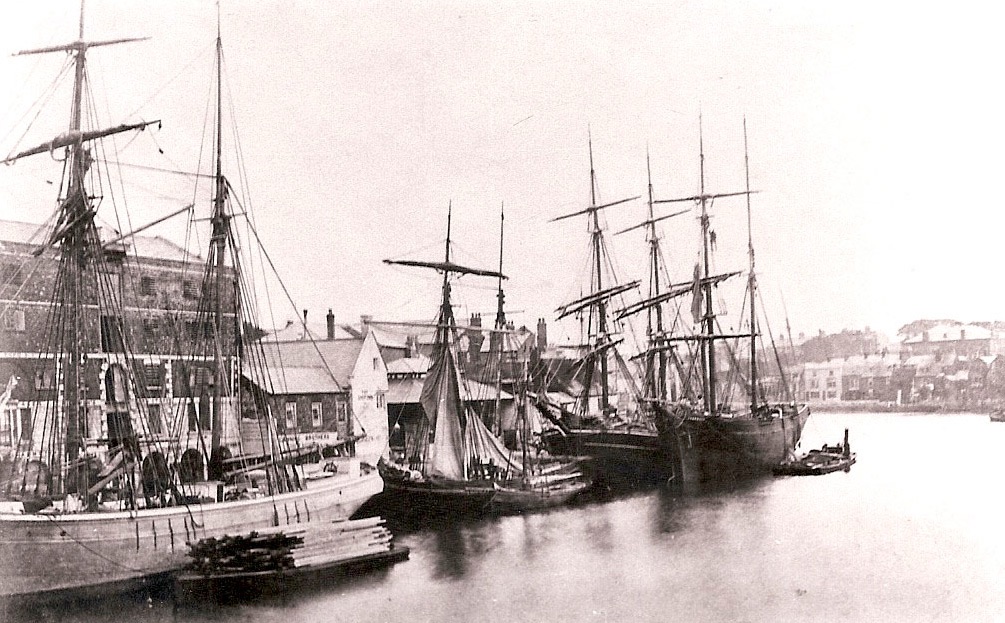
Weymouth was a crucial port in WWII and suffered from bombing damage. The Americans were billeted and trained here before D-Day and during the following year half a million Americans left from here for France.
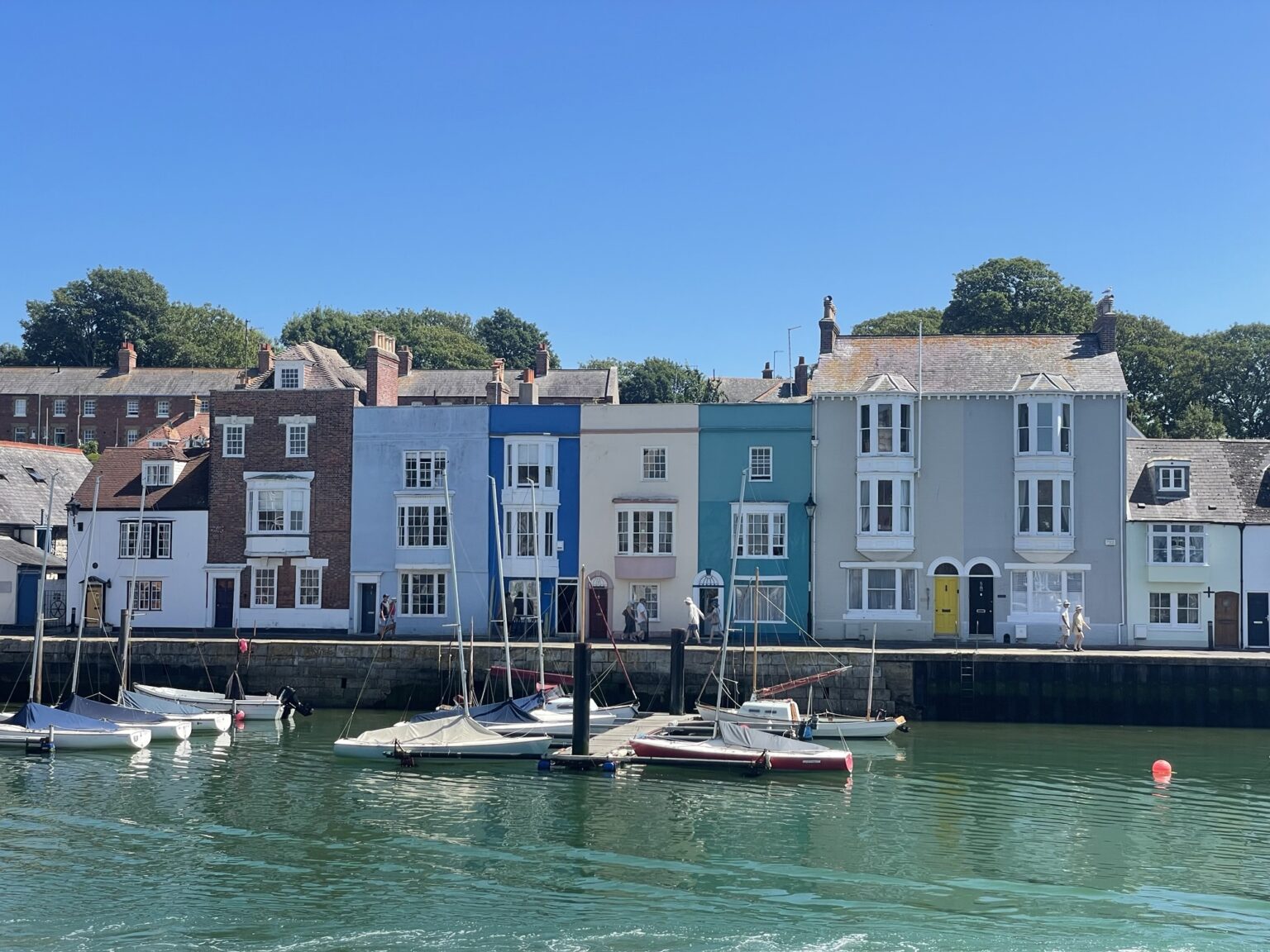
Sadly like many English seaside resorts, the rise of cheap foreign holidays and the loss of the Guernsey ferry to Poole saw a major decline.
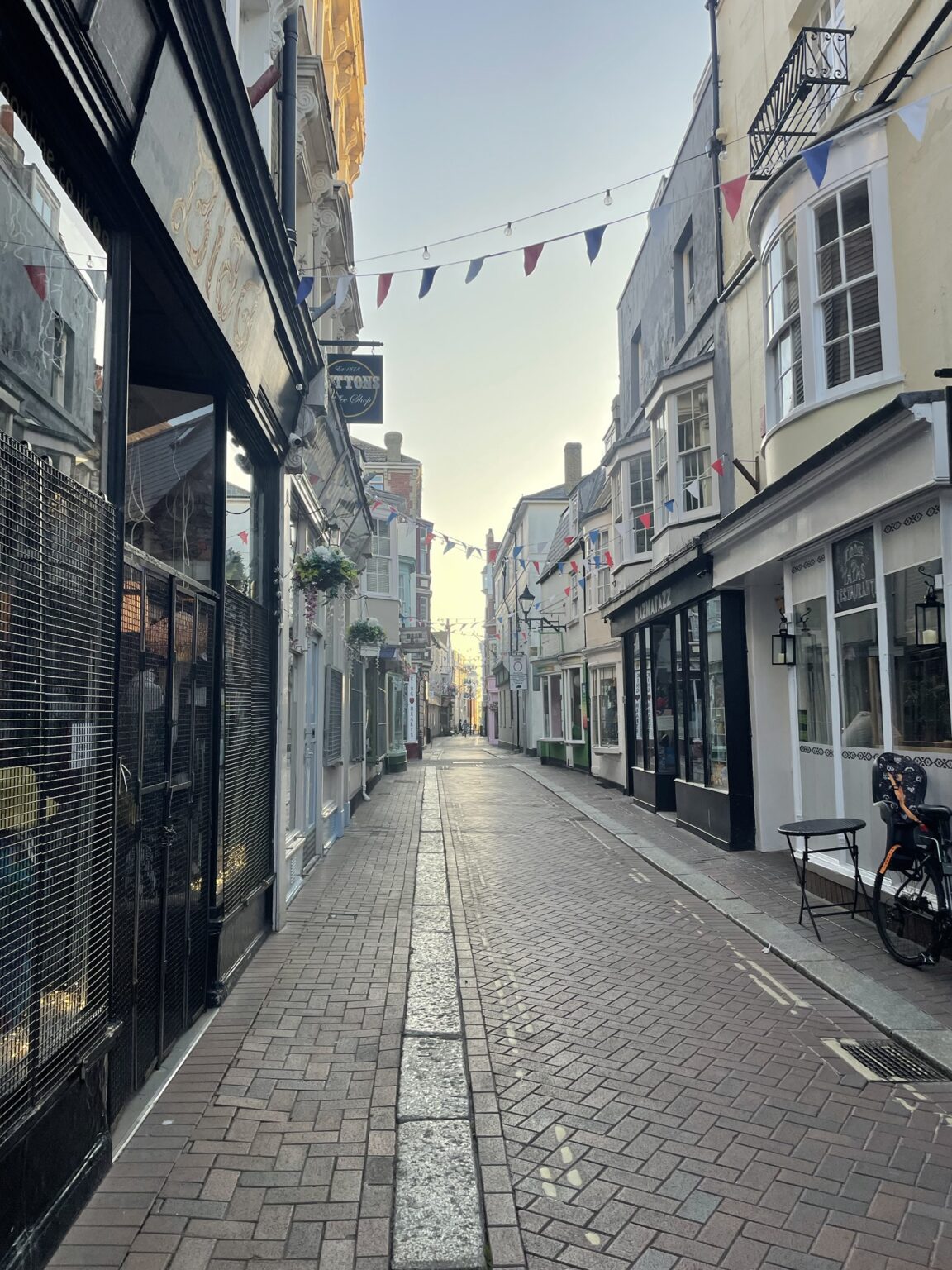
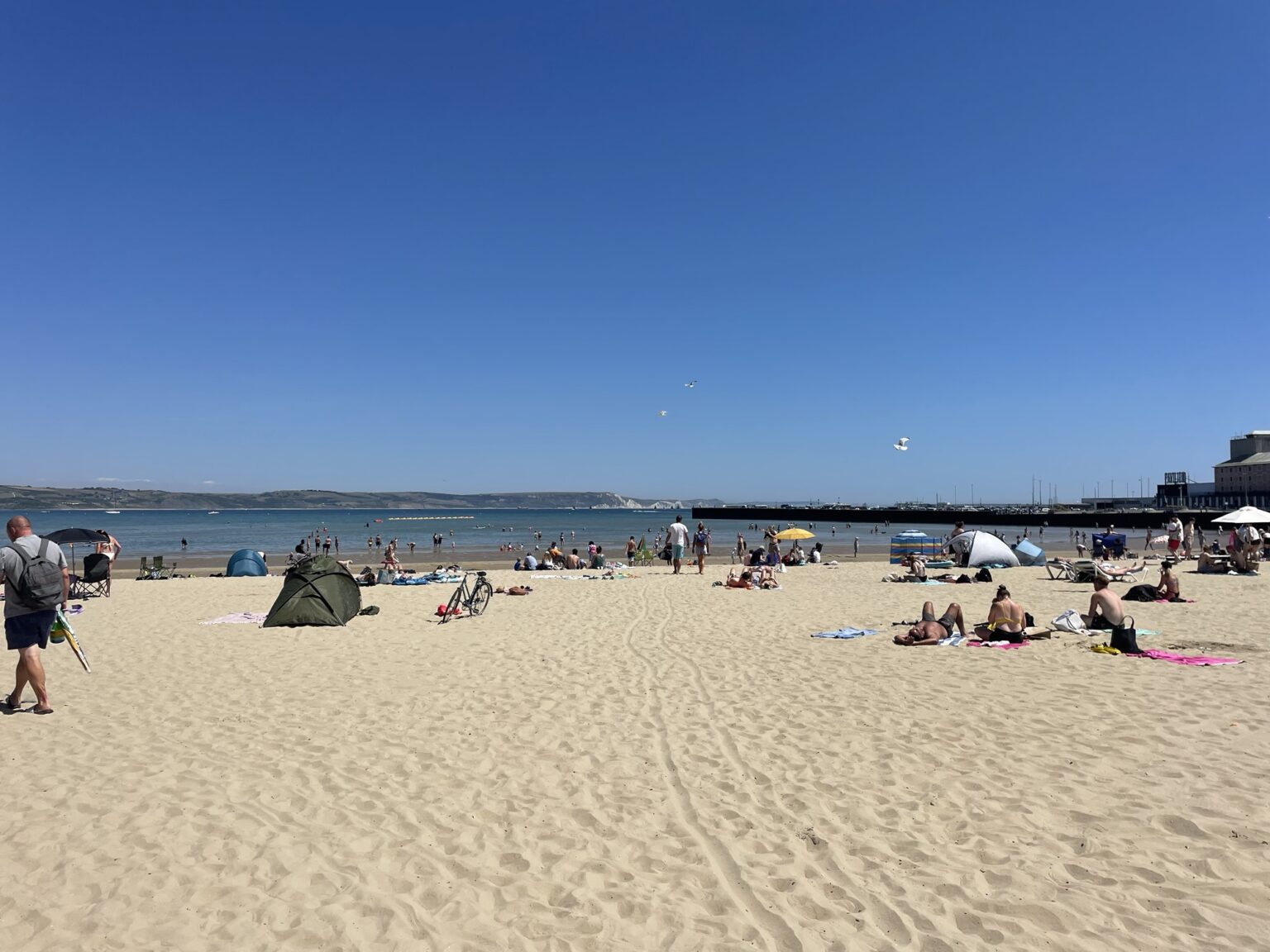

However this is the perfect family destination, with a very gentle sandy beach, loads of good looking restaurants and pubs, a pedestrian old town and beautiful views.
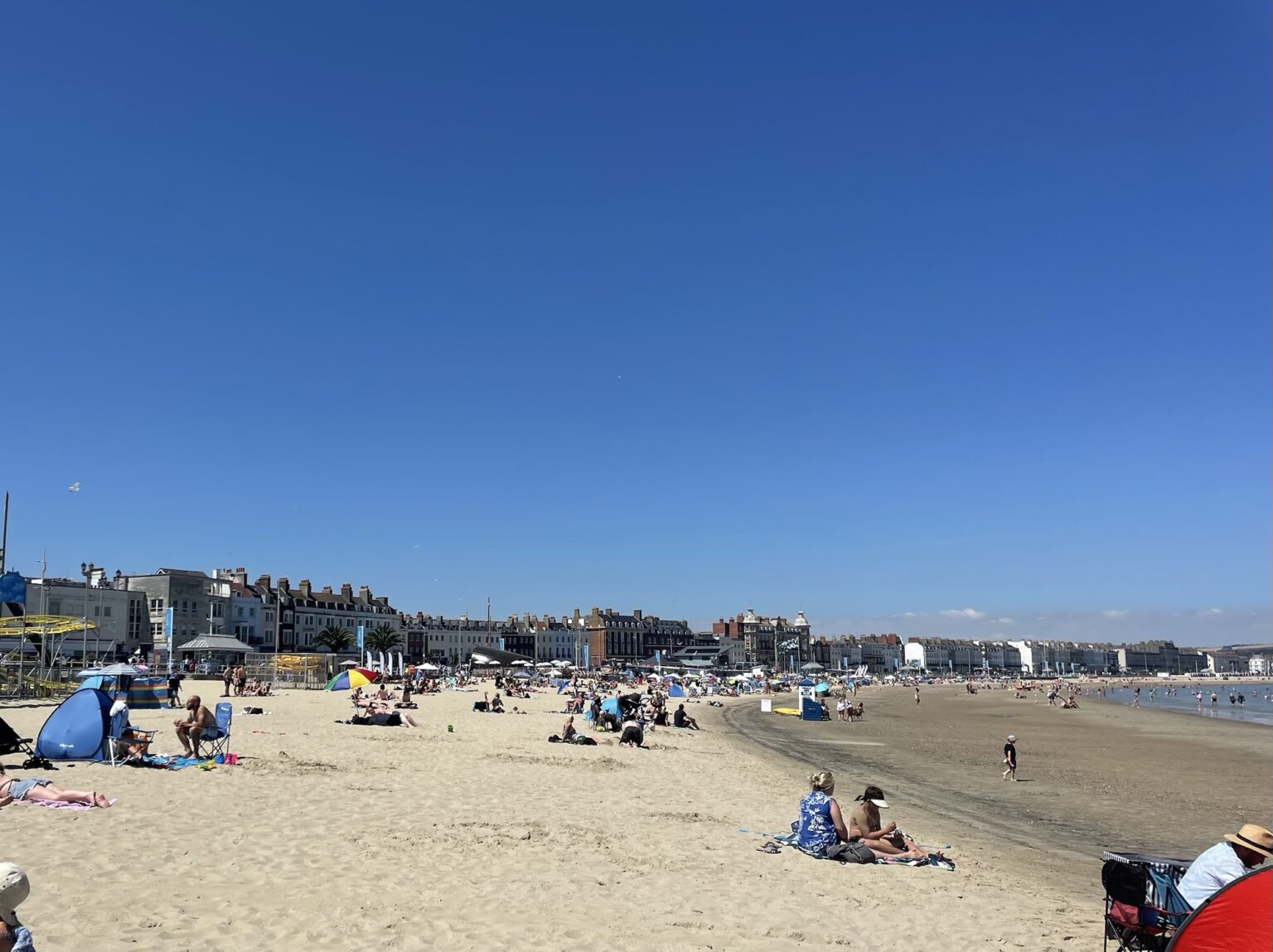


And in this heatwave we are enjoying a comfortable 26-28 degrees and a refreshing sea breeze.
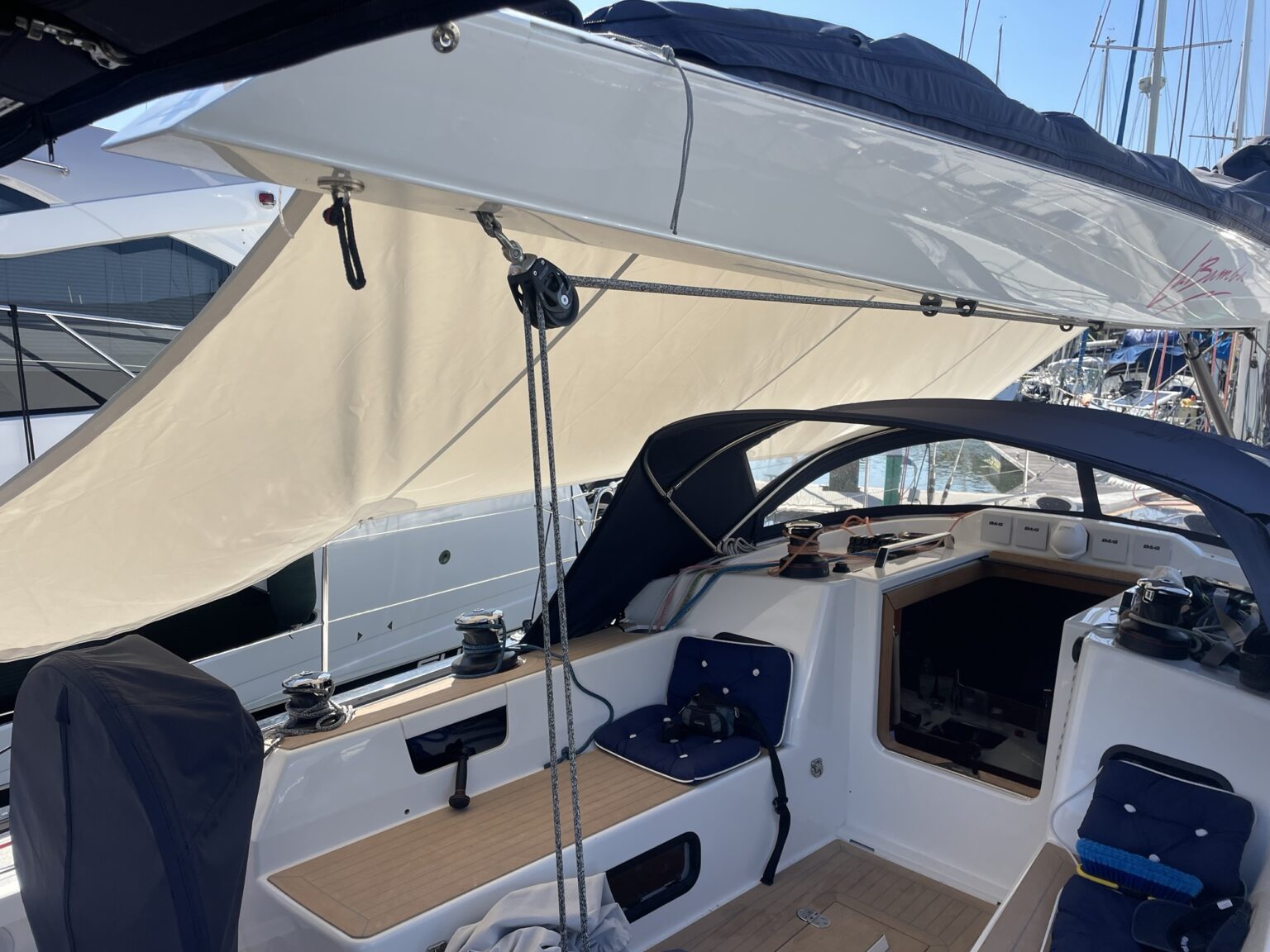
Weymouth looks smarter than when we were here 25 years ago and the busy marina, beach and shops shows the summer season is already well underway. A very enjoyable stop-over.
